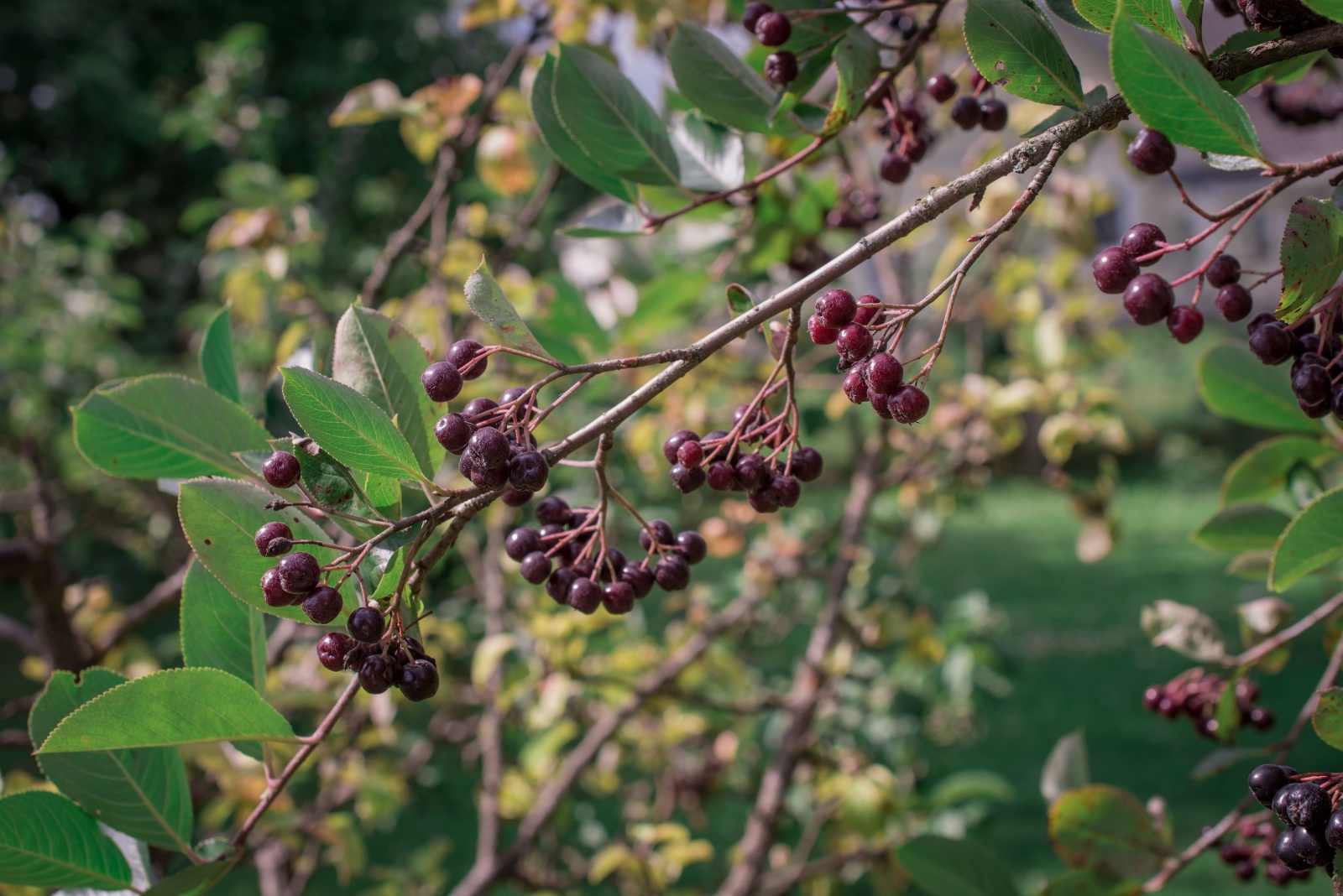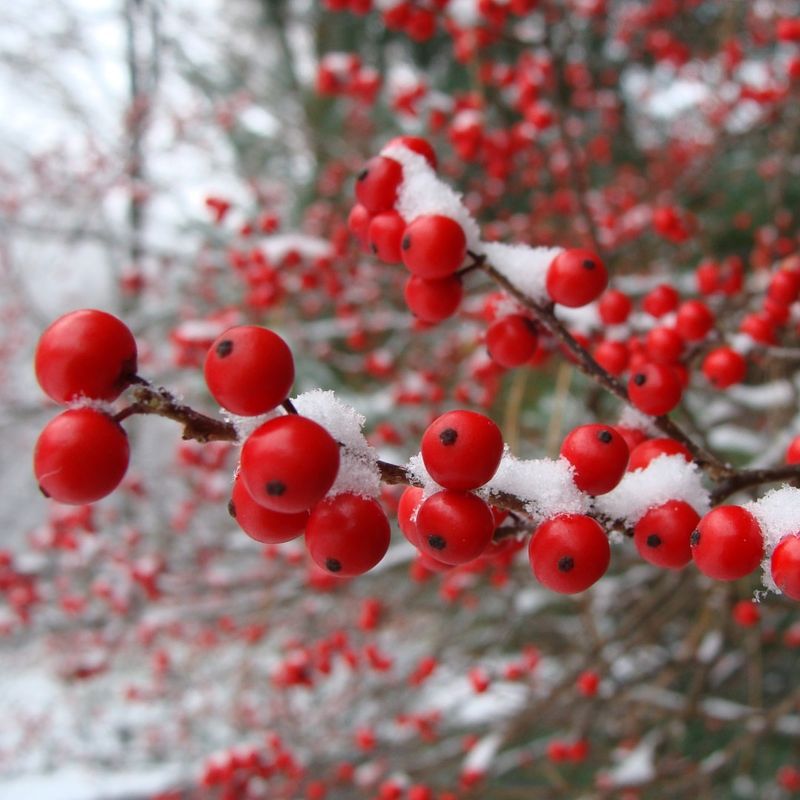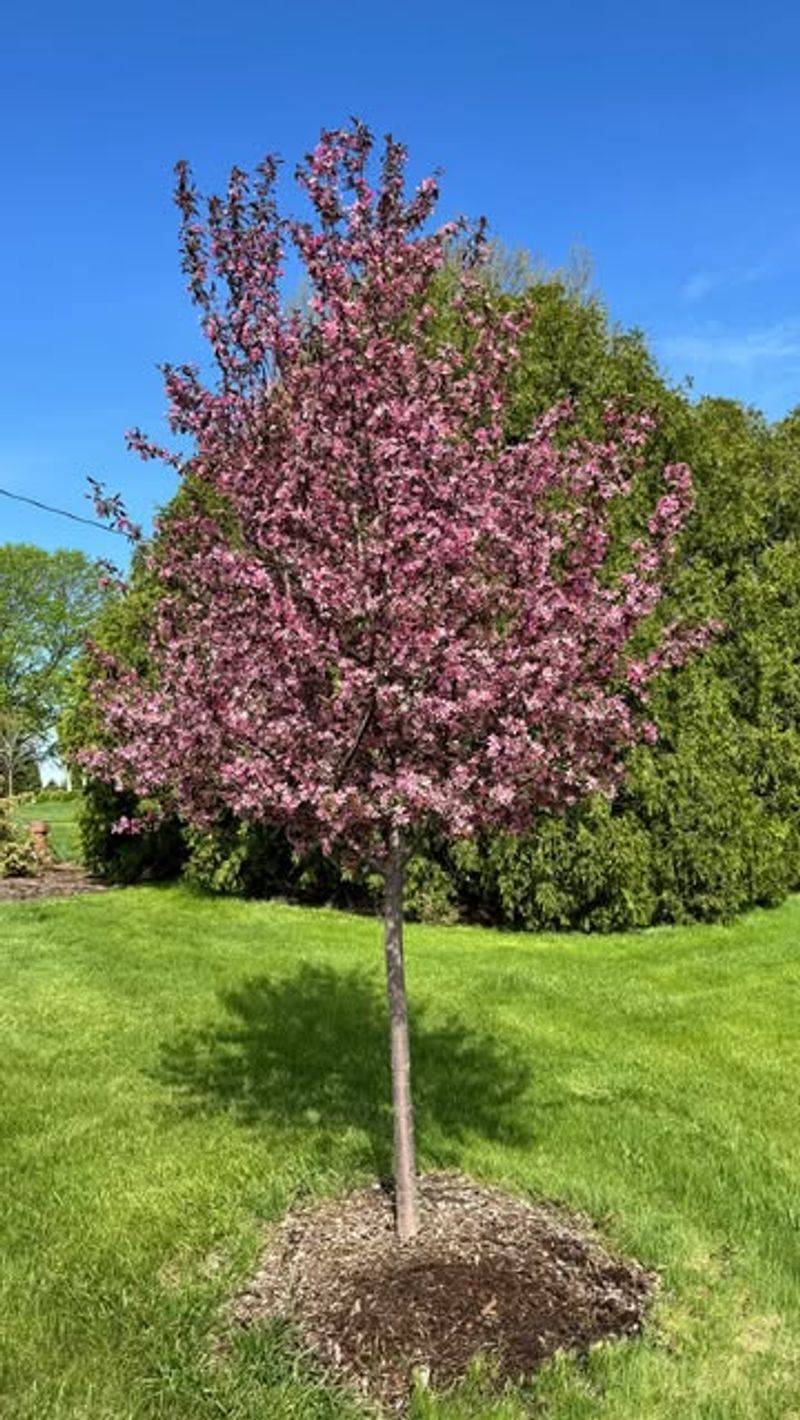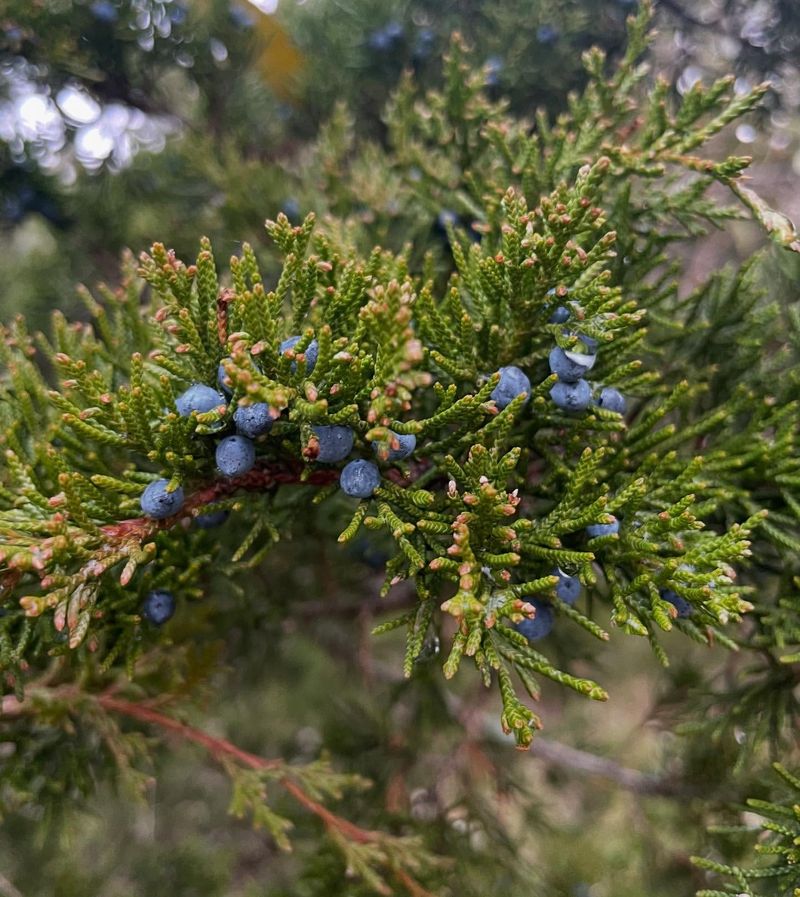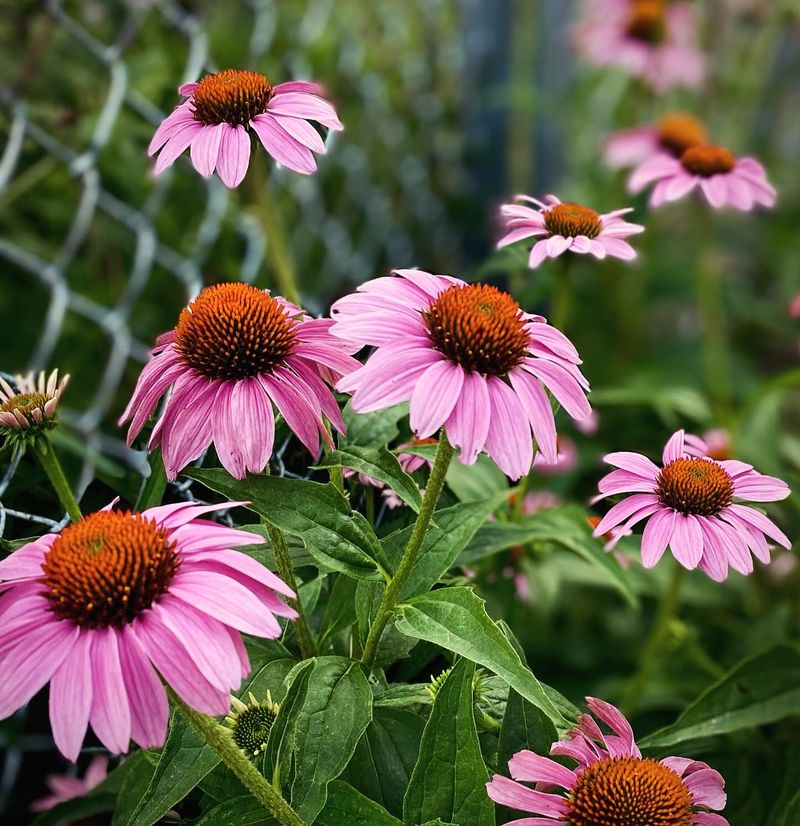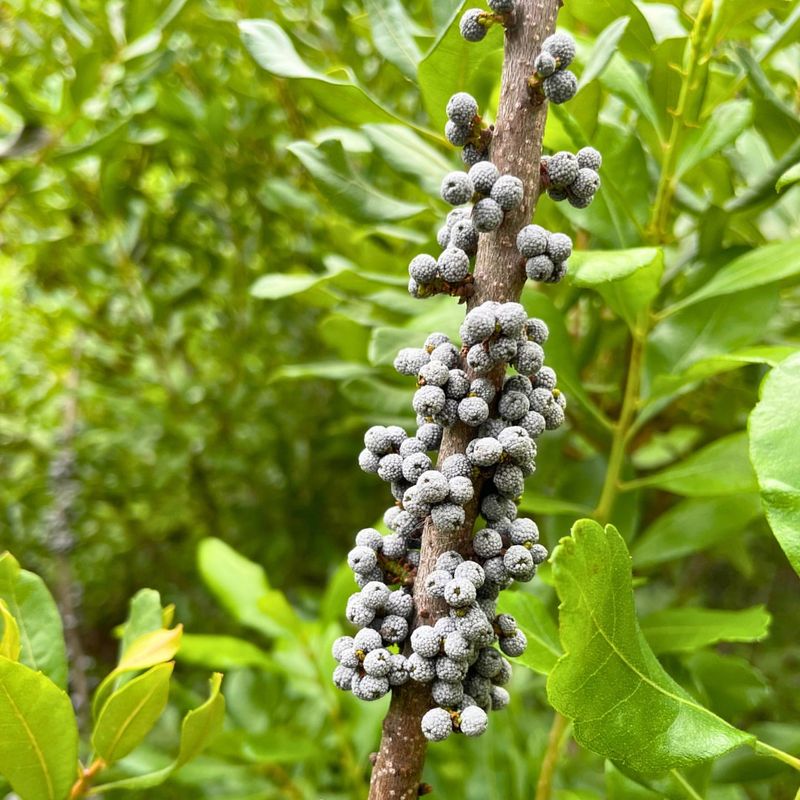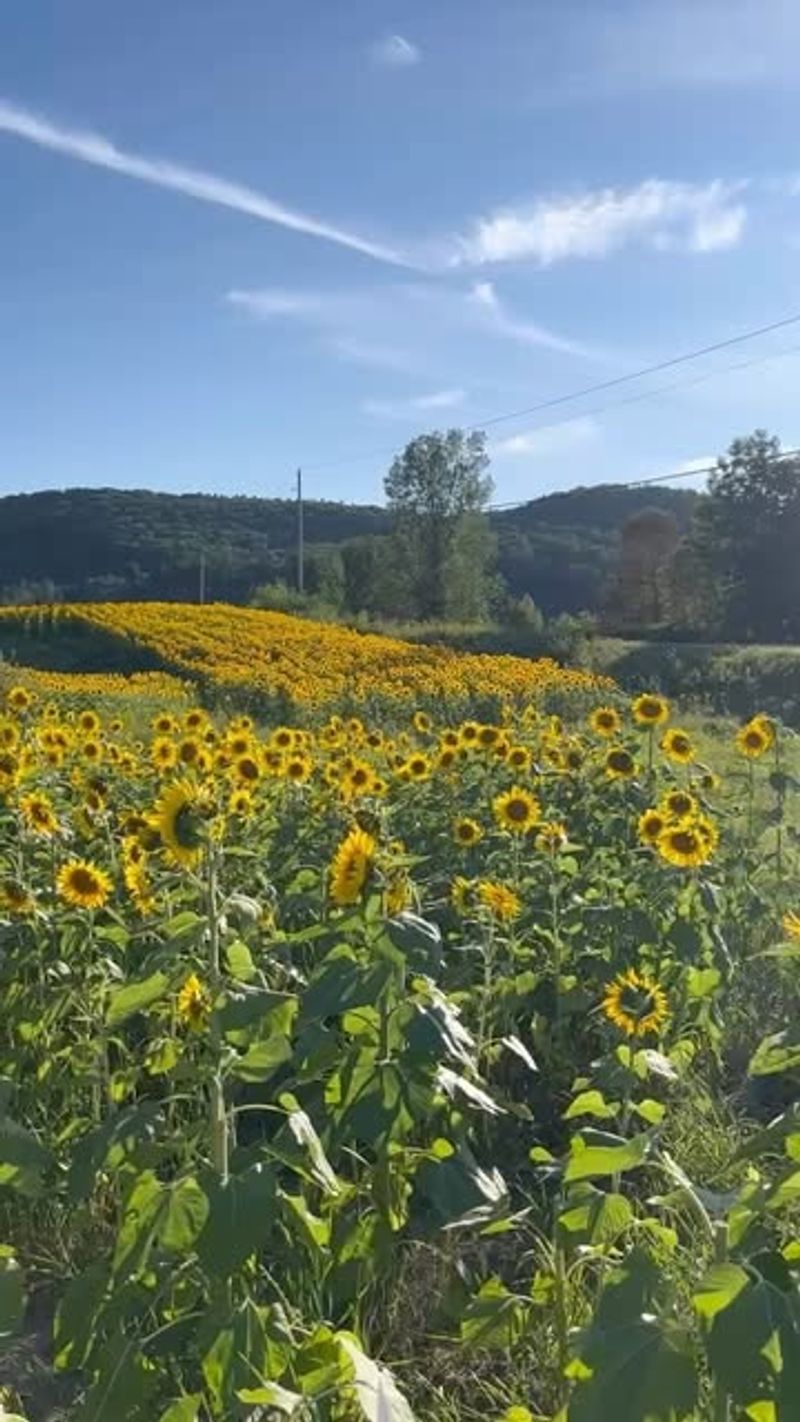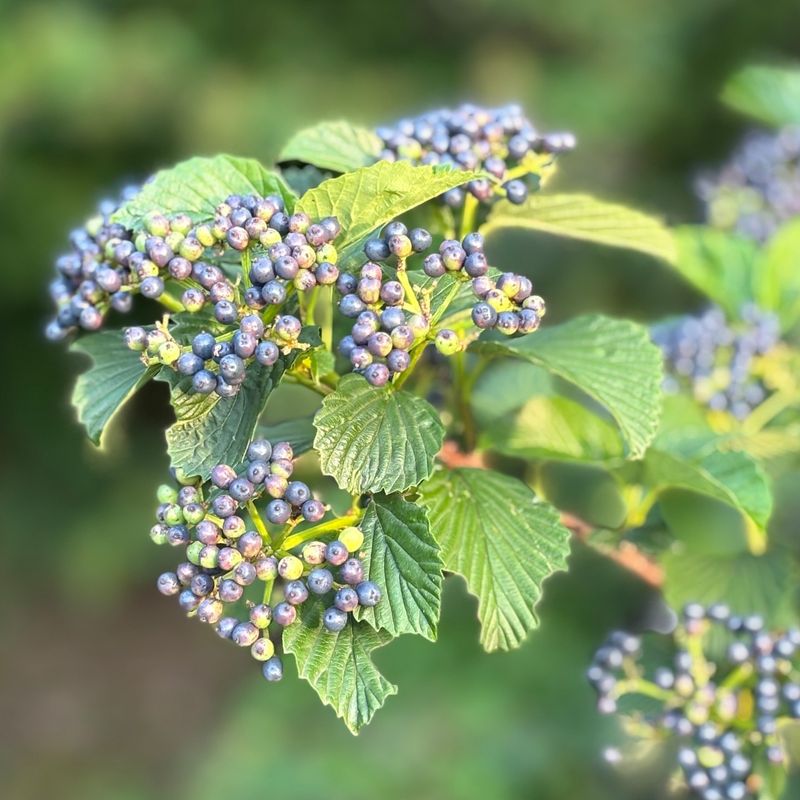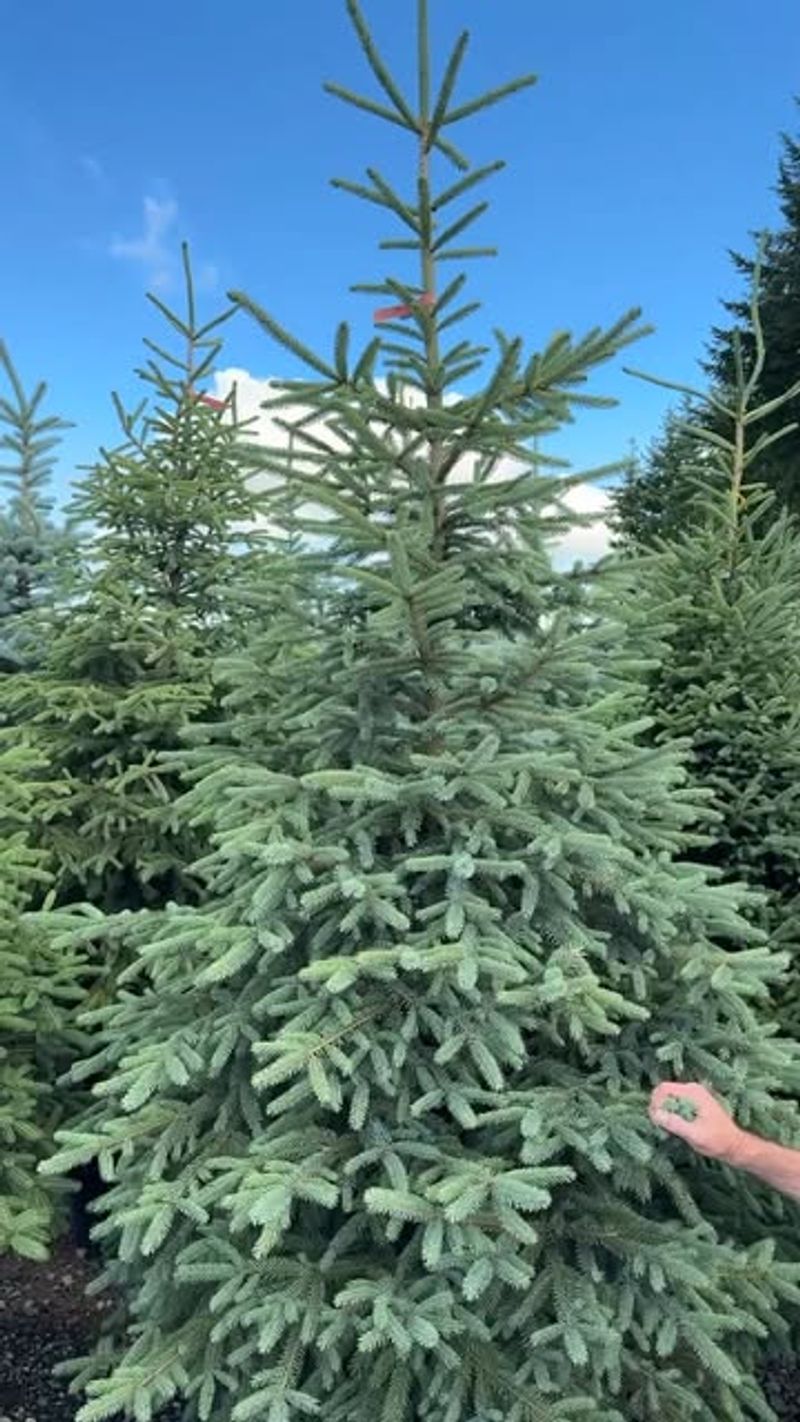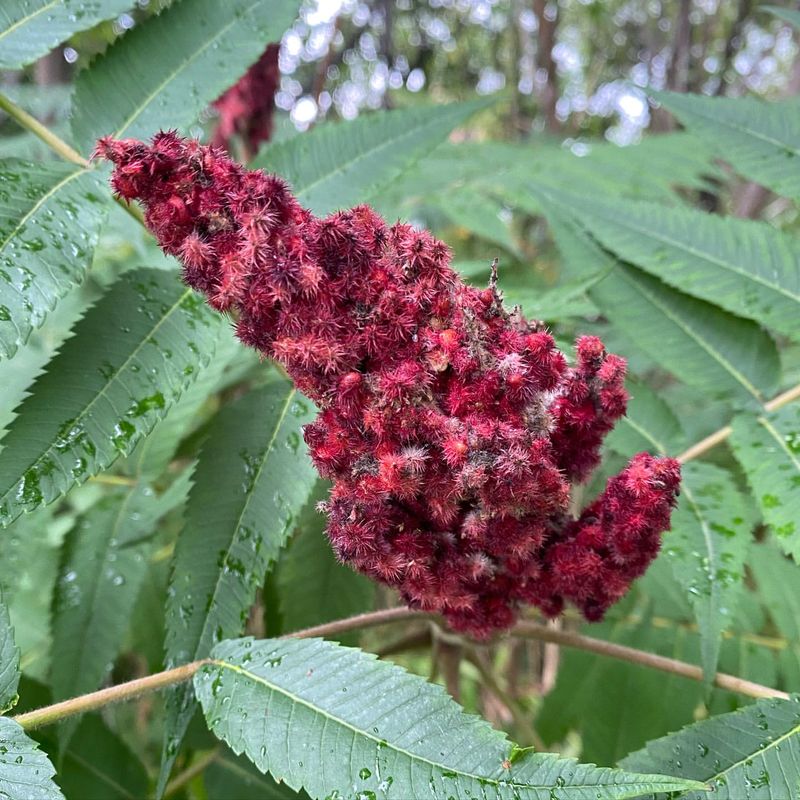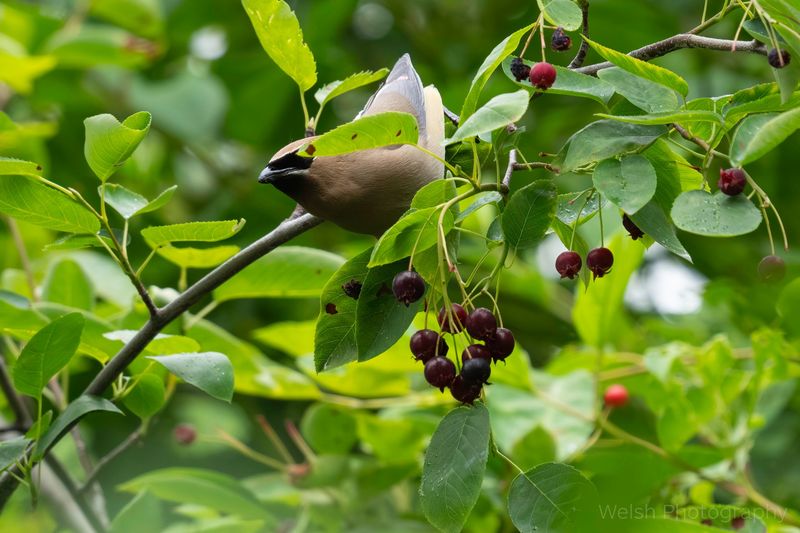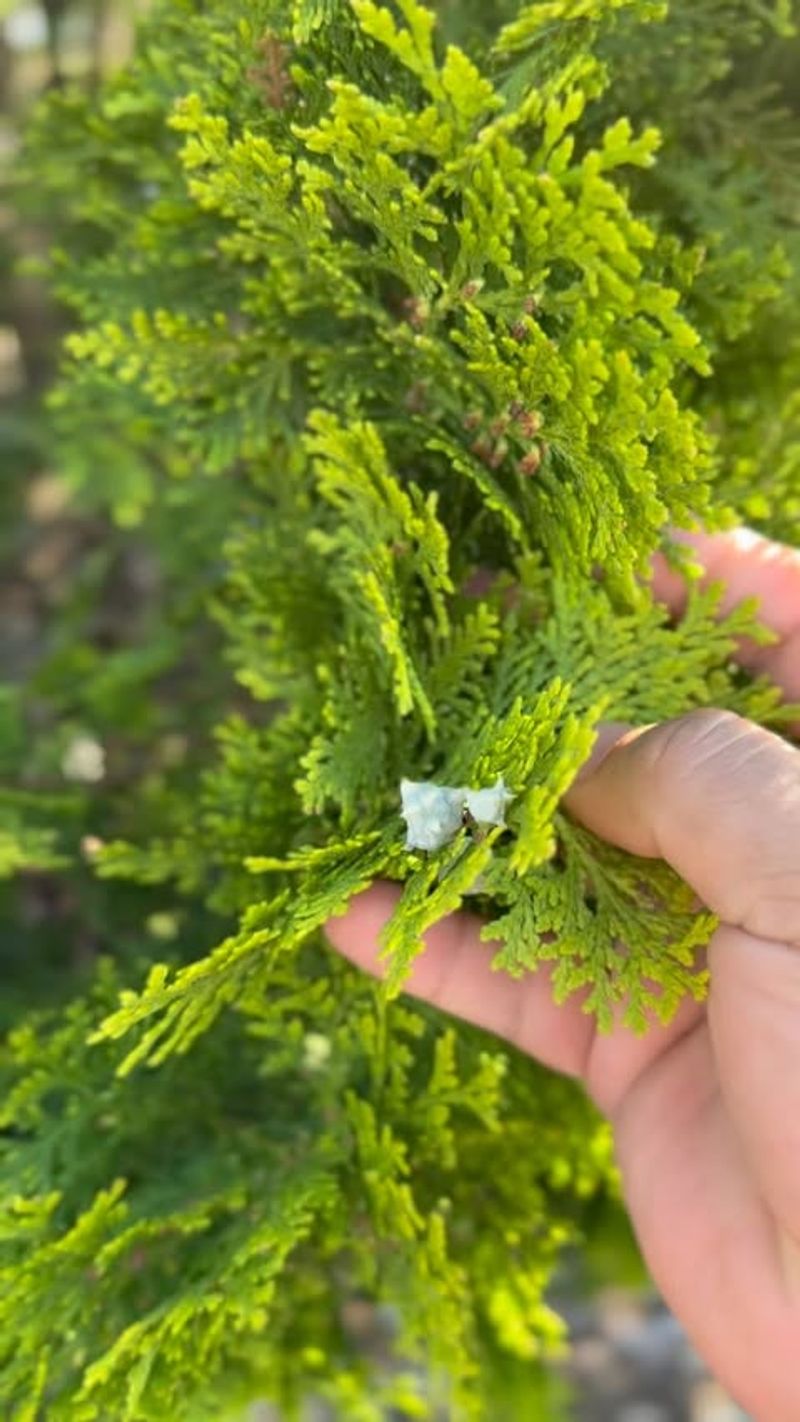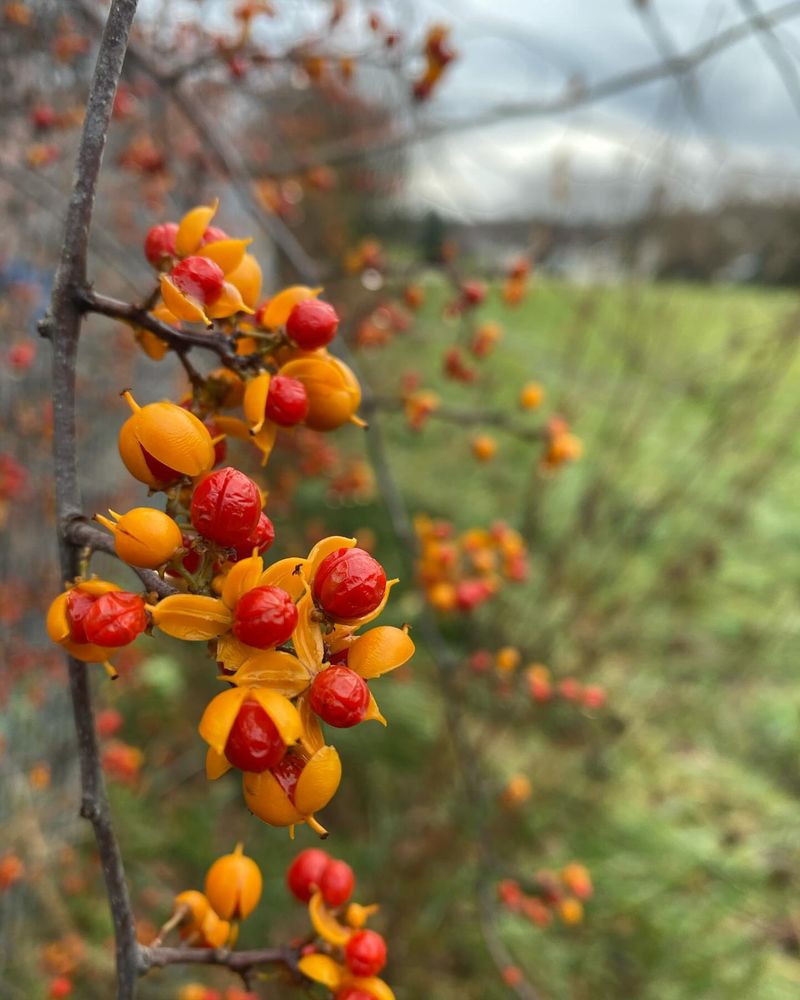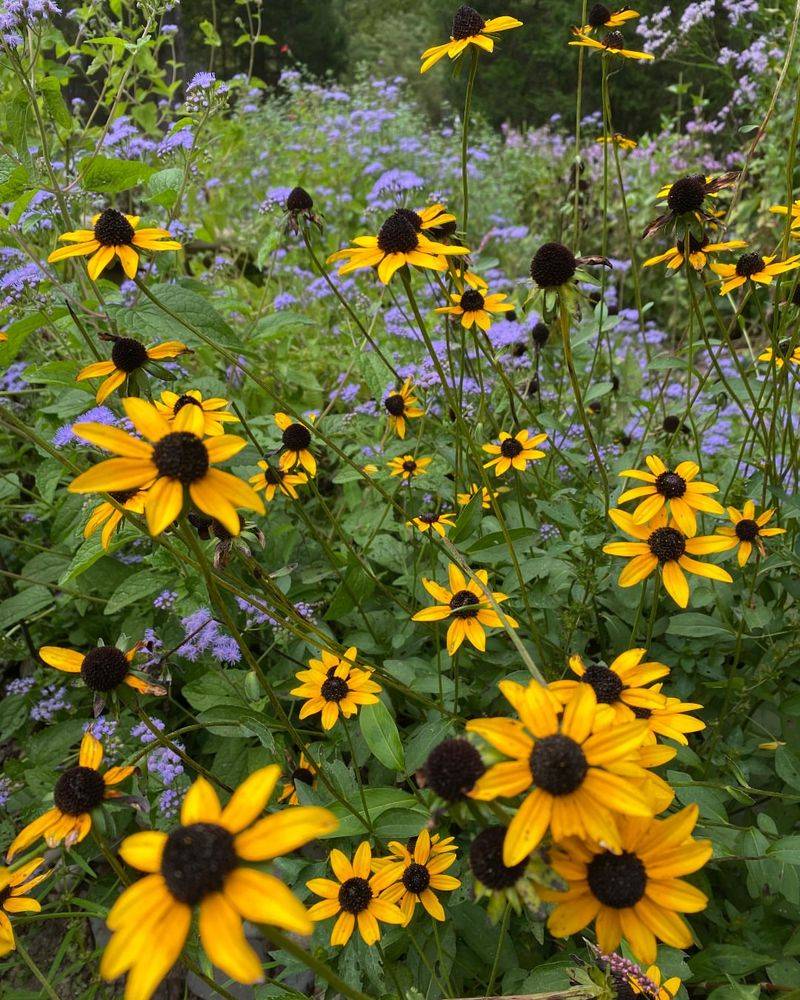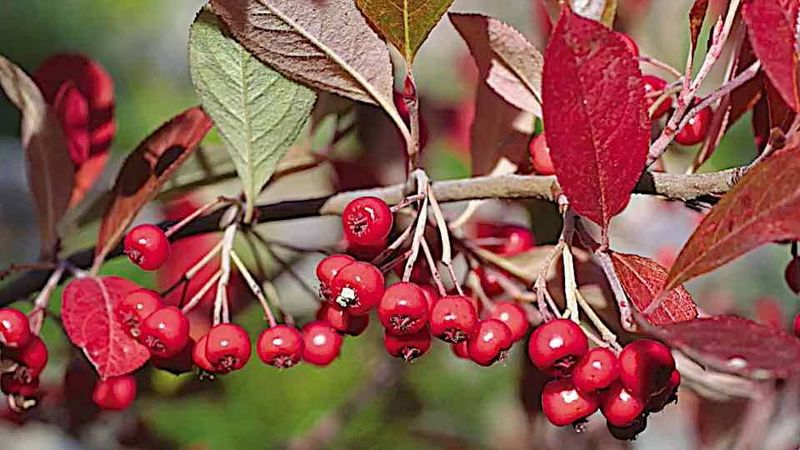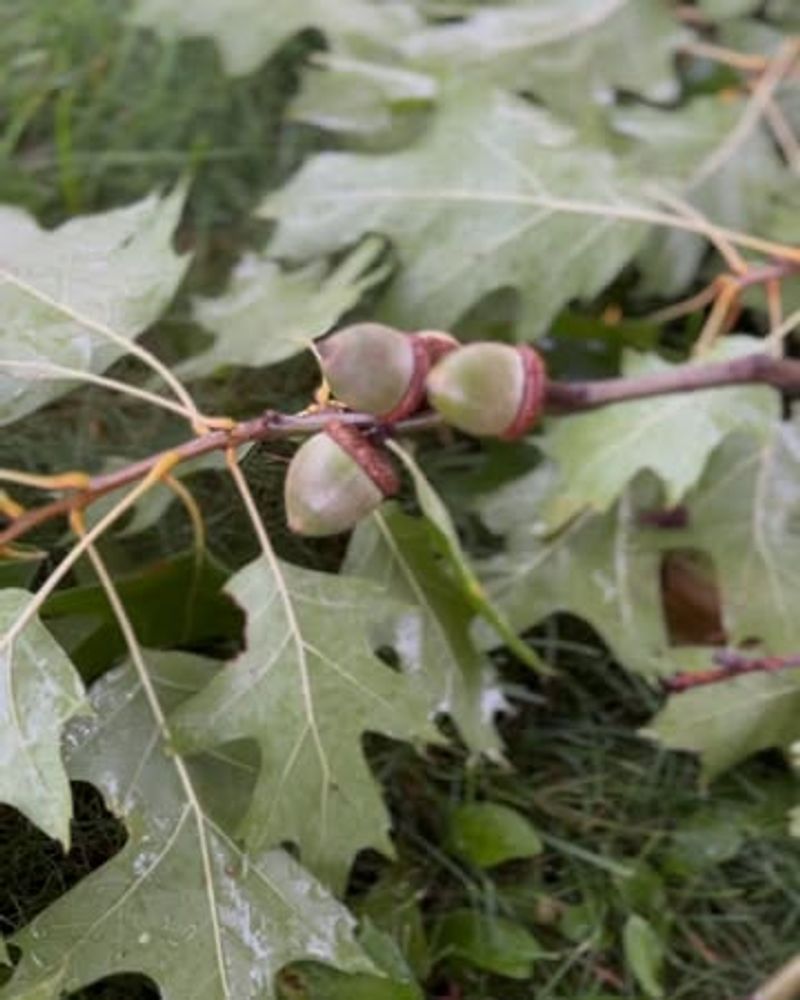Michigan winters transform our landscapes into snow-covered wonderlands where wildlife survival becomes a daily challenge. Cardinals, those striking red visitors, rely on backyard habitats when natural food sources dwindle during the coldest months.
For me, nothing brightens a gray January day like watching cardinals flock to my carefully planned garden. Their brilliant plumage creates living ornaments against the white backdrop, rewarding those of us who’ve selected the right plants.
Gardening with cardinals in mind requires understanding what these beautiful birds need when Michigan temperatures plummet. With the right selection of winter-hardy plants that produce seeds, berries, and shelter, you’ll create a cardinal haven that sustains them through the harshest weather.
1. American Winterberry Holly
Cardinals can’t resist the bright red berries that cling to these native shrubs long after leaves have fallen. When snow blankets Michigan gardens, these berries become crucial food sources for our feathered friends.
Female hollies produce the berries, so plant at least one male for every three to five females to ensure pollination. They thrive in moist soil conditions common in many Michigan landscapes.
My backyard holly became a cardinal hotspot last February when other food sources disappeared under ice. The birds’ activity around these shrubs created a living holiday card right outside my kitchen window.
2. Crabapple Trees
Small fruits hanging from bare branches provide essential calories during Michigan’s harshest months. Cardinals especially favor varieties with fruits that soften after several freezes, making them perfect mid-winter snacks.
Look for disease-resistant cultivars like ‘Prairiefire’ or ‘Red Jewel’ that hold their fruit throughout winter. Plant these ornamental trees where you can view them from inside during snowstorms.
Watching a family of cardinals work through my crabapple’s bounty became my morning ritual last winter. The tree’s spreading branches also offered shelter during those bitter January winds.
3. Eastern Red Cedar
Dense evergreen foliage creates perfect winter protection from Michigan’s harsh winds and predators. Cardinals particularly value these native trees for overnight roosting when temperatures plummet below freezing.
Female cedars produce small blue berries that cardinals eat during late winter when other food sources are depleted. Plant these hardy trees in well-drained soil with full sun exposure.
The cedar in my side yard has become cardinal central during snowstorms. I’ve counted up to eight birds sheltering among its protective branches while waiting for weather to clear.
4. Purple Coneflower
Seed heads left standing through winter become natural bird feeders when snow covers the ground. Cardinals use their strong beaks to extract seeds from these sturdy native perennials even in January.
Fall cleanup should skip deadheading these flowers to preserve their winter value. Plant coneflowers in masses for maximum visual impact and to create a reliable food source.
During last year’s February cold snap, a pair of cardinals visited my coneflower patch daily. Their determined pecking at the seed heads reminded me why leaving the garden “messy” through winter benefits wildlife.
5. Northern Bayberry
Waxy gray berries persist throughout Michigan winters, offering high-fat content that helps cardinals maintain body heat during frigid nights. This native shrub’s berries become increasingly important as winter progresses.
Both male and female plants are needed for berry production. These salt-tolerant shrubs work beautifully in challenging spots where road salt might affect other plants.
The bayberry I planted along my driveway has become a cardinal magnet during February thaws. Their distinctive chirps alert me whenever they’re harvesting the nutritious berries that fuel their winter survival.
6. Black Oil Sunflowers
Leaving sunflower stalks standing provides natural feeding stations that cardinals frequent throughout Michigan winters. Their oil-rich seeds offer maximum calories with minimal effort for hungry birds.
Sow these annual beauties in spring where they’ll receive full sun and good air circulation. The sturdy stems typically remain upright even under heavy snow loads.
A small patch of sunflowers near my garage has transformed winter bird watching at my home. Cardinals balance expertly on the swaying stalks, using their powerful bills to extract seeds even on the coldest days.
7. Arrowwood Viburnum
Blue-black berries hanging on through early winter provide essential nutrition when cardinals need it most. This native shrub’s fruit becomes especially attractive after several freeze-thaw cycles have softened the berries.
Michigan gardeners appreciate this viburnum’s adaptability to various soil conditions and its resistance to common pests. White spring flowers give way to berries that persist into December and January.
The viburnum hedge along my property line has become a cardinal gathering spot during early snowfalls. I’ve noticed they prefer these berries early in the season before moving to other food sources later.
8. White Spruce
Towering evergreens create windbreaks that cardinals seek during Michigan’s bitterest days. These native conifers offer dense branches where birds can escape howling winds and stay relatively warm overnight.
Even modest-sized yards can accommodate dwarf varieties that provide the same protective benefits. Their conical shape sheds snow effectively while maintaining interior shelter space.
Last winter, the spruce near my bedroom window housed a cardinal family during a three-day blizzard. Their early morning movements within the branches became my natural alarm clock during those snow-bound days.
9. Staghorn Sumac
Fuzzy red fruit clusters stand tall above snow, creating accessible feeding stations when ground sources disappear. Cardinals frequently visit these native shrubs during January and February when other food becomes scarce.
Their dramatic winter silhouettes add architectural interest to Michigan landscapes. Plant these colony-forming shrubs where they have room to spread naturally over time.
The sumac grove at the edge of my property has become a cardinal dining hall during heavy snow periods. I’ve watched the birds systematically work through the fuzzy fruits, returning daily until the clusters are completely harvested.
10. Serviceberry
Cardinals appreciate the natural branching pattern that provides multiple perching options during winter storms. Though berries are gone by winter, the structural value for shelter makes this native tree invaluable.
Michigan gardeners treasure serviceberry for its four-season interest and adaptability to various light conditions. Its multi-stemmed growth habit creates ideal protective spaces for birds.
The serviceberry outside my office window has become a cardinal waiting room during snowfalls. The birds gather there before making brief forays to my feeders, using its branches as a safe staging area.
11. Northern White Cedar
Flat, scale-like foliage creates dense shelter that traps heat during Michigan’s coldest nights. Cardinals often gather in these evergreens at dusk, finding protection from both weather and night predators.
Also known as arborvitae, these native trees thrive in Michigan’s climate and soil conditions. Their columnar forms make them perfect for smaller yards where space is limited.
The cedar hedge bordering my patio has become a cardinal dormitory during winter evenings. Their soft calls as they settle in for the night remind me why providing year-round habitat matters so much.
12. American Bittersweet
Bright orange-red berries split open to reveal seeds that cardinals extract with their specialized beaks. This native vine’s fruit persists well into Michigan winters, providing food when other sources are buried.
Plant both male and female vines to ensure berry production. Their climbing nature makes them perfect for fences or trellises where winter interest is desired.
The bittersweet covering my garden arch became last winter’s cardinal hotspot. I watched in delight as they systematically worked through the colorful berries during January’s coldest days.
13. Blackeyed Susan
Seed heads left standing through winter become natural bird feeders that cardinals visit regularly. These native flowers support birds when Michigan snow covers most natural food sources.
Group these perennials in drifts for maximum winter impact and feeding opportunities. Their upright seed heads remain accessible even after moderate snowfall.
The blackeyed Susan patch beside my garage has become a cardinal dining spot during January thaws. Their careful extraction of tiny seeds demonstrates the importance of these seemingly spent blooms.
14. Chokeberry Shrubs
Dark berries hanging on bare branches provide late-season nutrition when cardinals need it most. These native shrubs offer reliable food sources during Michigan’s harshest months.
Both red and black chokeberry varieties support winter birds. Their compact size makes them perfect for foundation plantings or mixed shrub borders in suburban yards.
The chokeberry by my front walk attracts cardinals throughout January. I’ve noticed they often feed there in family groups, the males’ bright plumage creating striking contrast against winter’s monochrome palette.
15. Northern Red Oak
Acorns partially buried in snow provide high-protein food that helps cardinals maintain energy through long Michigan nights. These majestic native trees support entire ecosystems throughout winter.
Even young oaks contribute to wildlife feeding stations. Their tendency to hold some dead leaves through winter creates additional sheltered perching spots for birds.
The massive oak dominating my backyard has become cardinal territory during snow events. I’ve watched them scratch through light snow beneath the tree, uncovering the nutritious acorns that fuel their winter survival.

